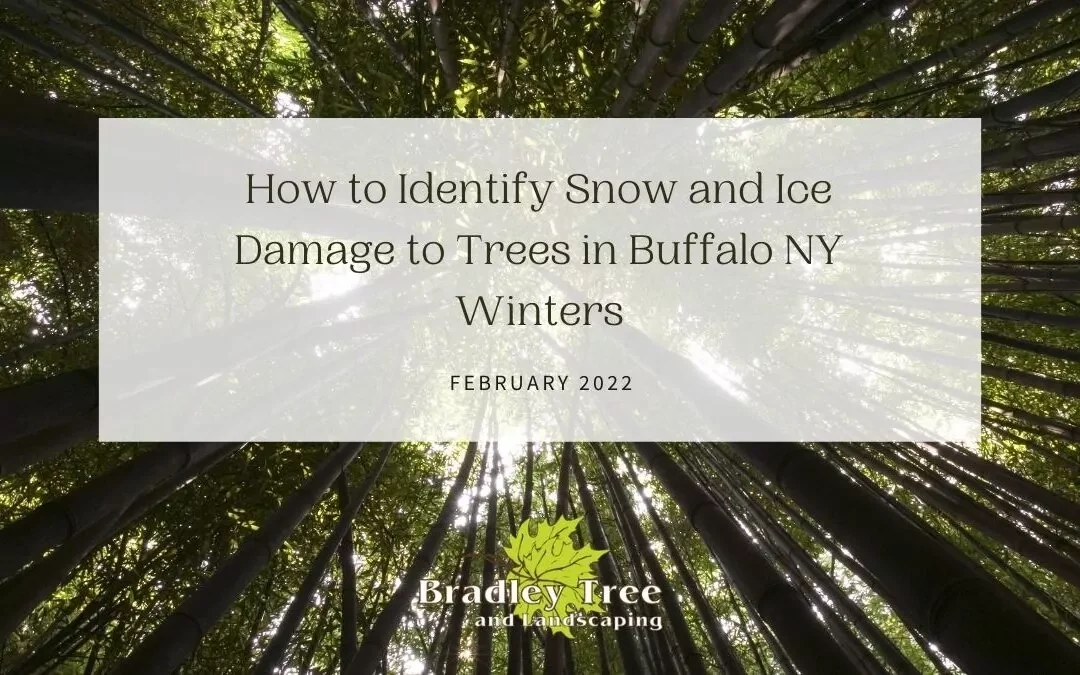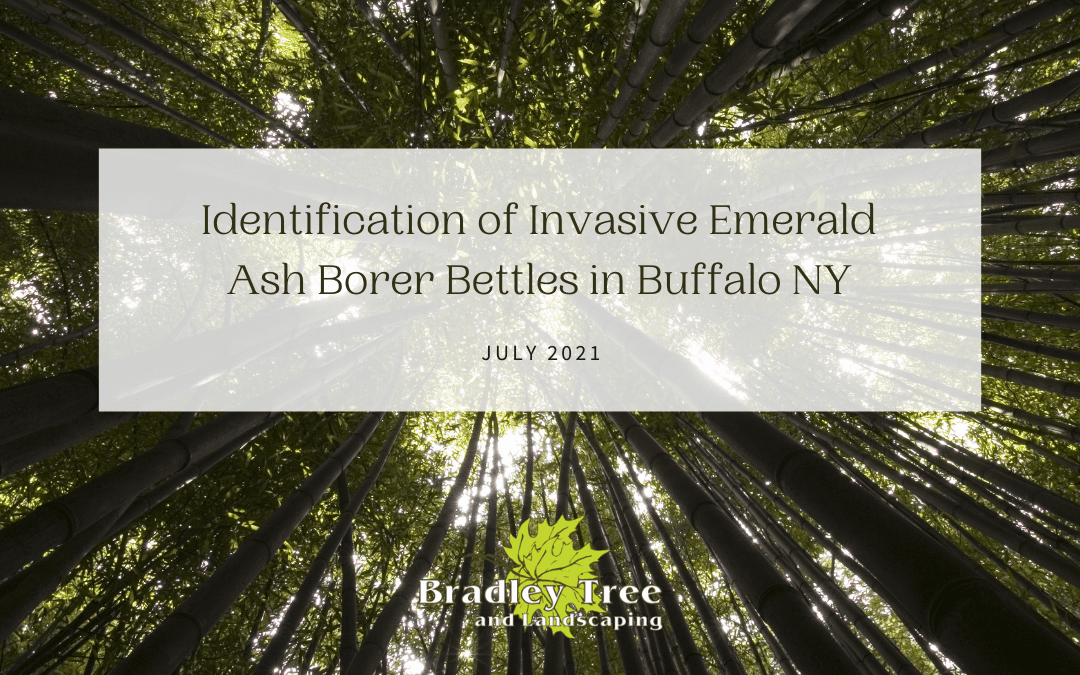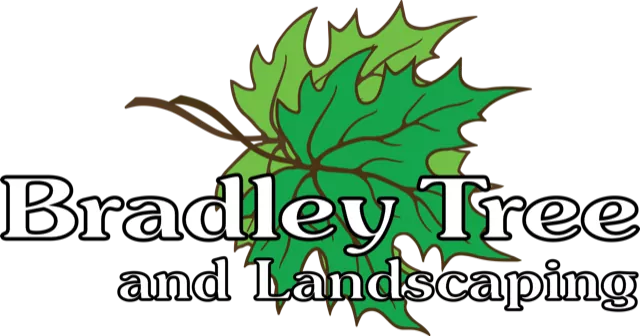
by bradleytrees | Apr 21, 2022 | Arborist, Conservation, Education, Lifestyle
Welcome back to the Bradley Trees blog, the best arbor and landscaping blog on the web! Today, we wanted to go over two very important, related but different plant holidays. What’re some differences between Arbor Day and Earth Day in Buffalo, NY? The short answer is...

by bradleytrees | Feb 14, 2022 | Arborist, Arborist Buffalo NY, Conservation, Plant Healthcare, Tree Consulting
Welcome back to the blog! Today, we wanted to once again go over some seasonal tree care tips for you. Protecting your investment in your landscape is important! Making sure that the cold and snowy Buffalo winters don’t adversely affect your trees is key to keeping...

by bradleytrees | Jan 12, 2022 | Arborist Buffalo NY, Conservation, Education, Plant Healthcare, Tree Pruning
Tree pruning is an art form and a science. While it is true that different tree species have different times when pruning would be the most effective, for the most part, the season is Winter. Except for trees that rely on old growth. Read on for more details! ...

by bradleytrees | Dec 23, 2021 | Arborist, Conservation, Education, Plant Healthcare, Tree Consulting, Tree Pruning, Tree Trimming
Welcome back to the blog! Today, we wanted to go over how and why cutting dead tree branches helps the tree survive and thrive. Sounds like it would be something that would be counterintuitive, right? However, tree pruning and precise tree cutting are vital parts of...

by bradleytrees | Nov 24, 2021 | Arborist, Conservation, Education, Plant Healthcare, Tree Consulting
The short answer is yes. Welcome to the blog! Today, we’re going to take a look at why you need to hire a certified arborist for your tree service needs. Don’t just trust some guy with a truck and an axe. You wouldn’t go to a chiropractor to put a cast on your...

by bradleytrees | Jul 21, 2021 | Arborist, Conservation, Education, Plant Healthcare, Tree Consulting
Updated December 2022 Emerald Ash Borer (EAB) is a beetle species that is not native to the United States. Its origins are in Eastern Asia, but it was first noticed in North America in 2002 in the Detroit area. They were first noticed in New York in 2009 in...







